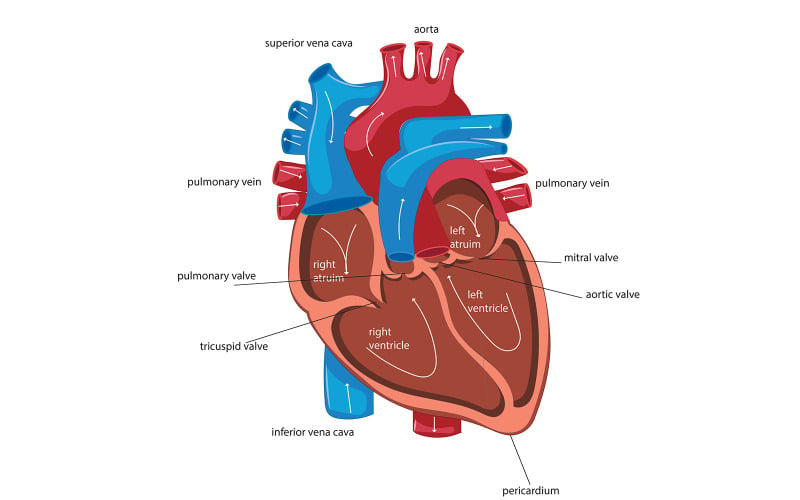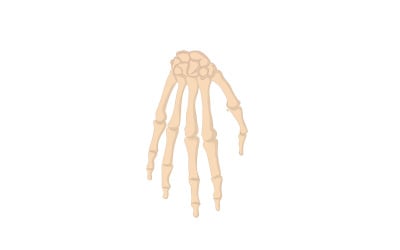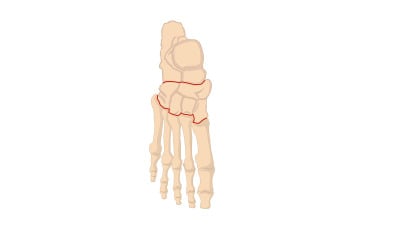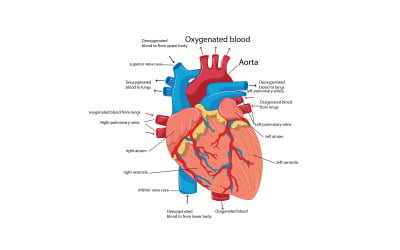Heart Blood Circulation Medical Content

The human heart is a muscular organ responsible for pumping blood throughout the body. It is divided into four chambers: two atria and two ventricles. These chambers work in a coordinated manner to ensure efficient circulation of blood.
The Four Chambers of the Heart:
- Right Atrium (RA):
- Function: Receives deoxygenated blood from the body through the superior and inferior venae cavae.
- Process: Blood flows from the right atrium into the right ventricle through the tricuspid valve.
- Right Ventricle (RV):
- Function: Pumps deoxygenated blood to the lungs for oxygenation.
- Process: Blood is pushed through the pulmonary valve into the pulmonary artery, which leads to the lungs.
- Left Atrium (LA):
- Function: Receives oxygenated blood from the lungs through the pulmonary veins.
- Process: Blood flows from the left atrium into the left ventricle through the mitral (bicuspid) valve.
- Left Ventricle (LV):
- Function: Pumps oxygenated blood to the rest of the body.
- Process: Blood is pushed through the aortic valve into the aorta, which distributes it throughout the body.
0 Reviews for this product
0 Comments for this product




